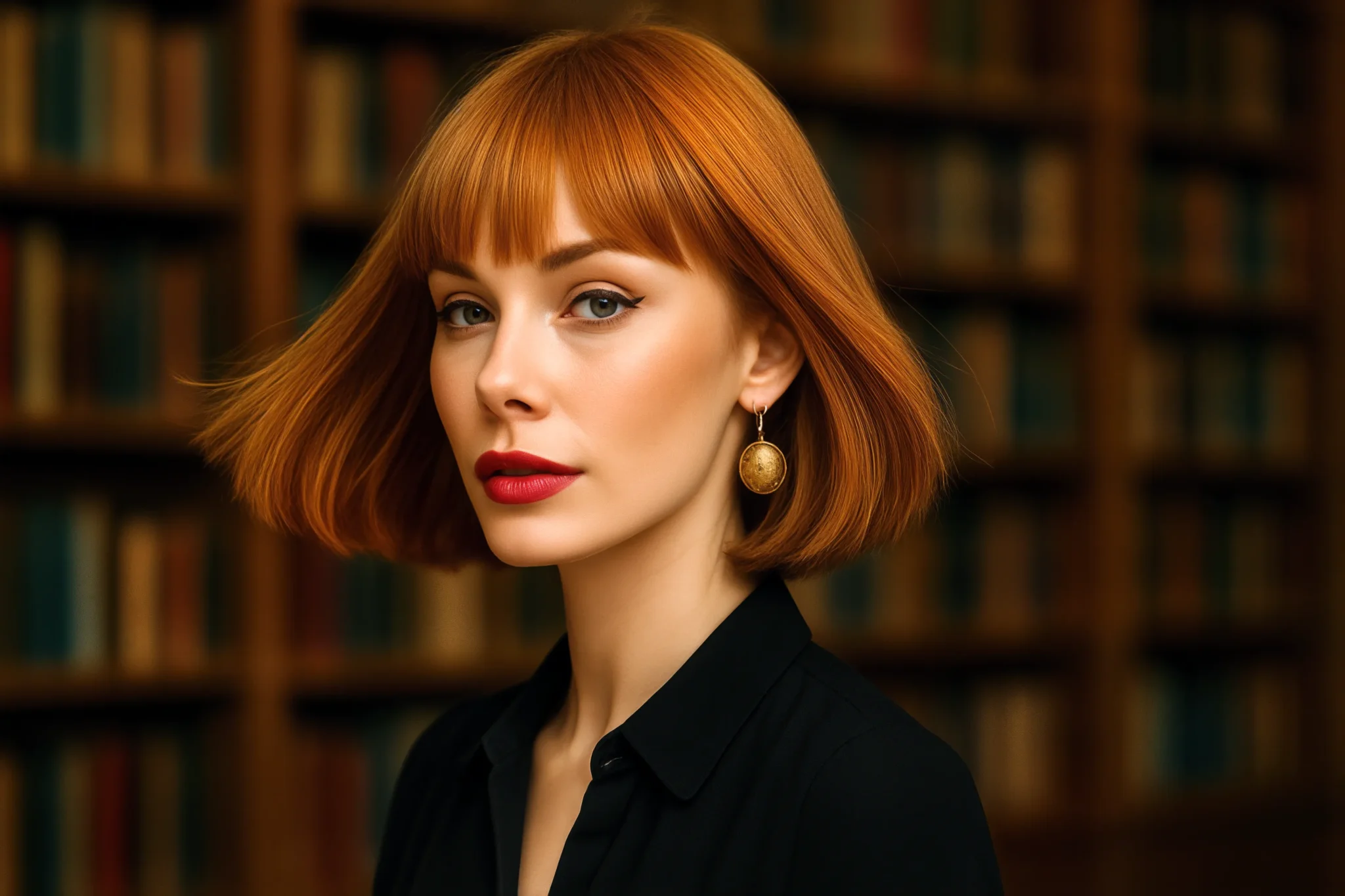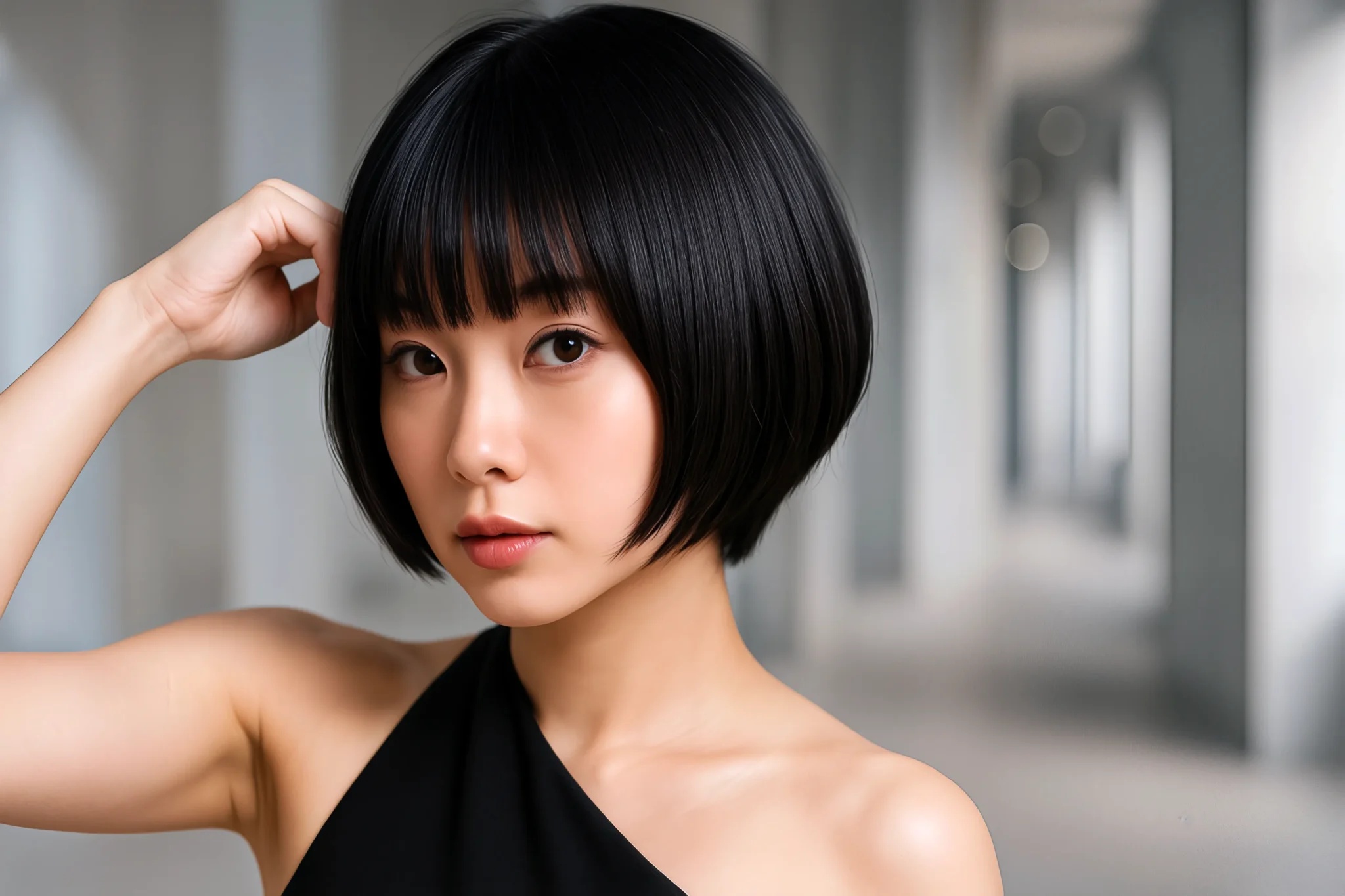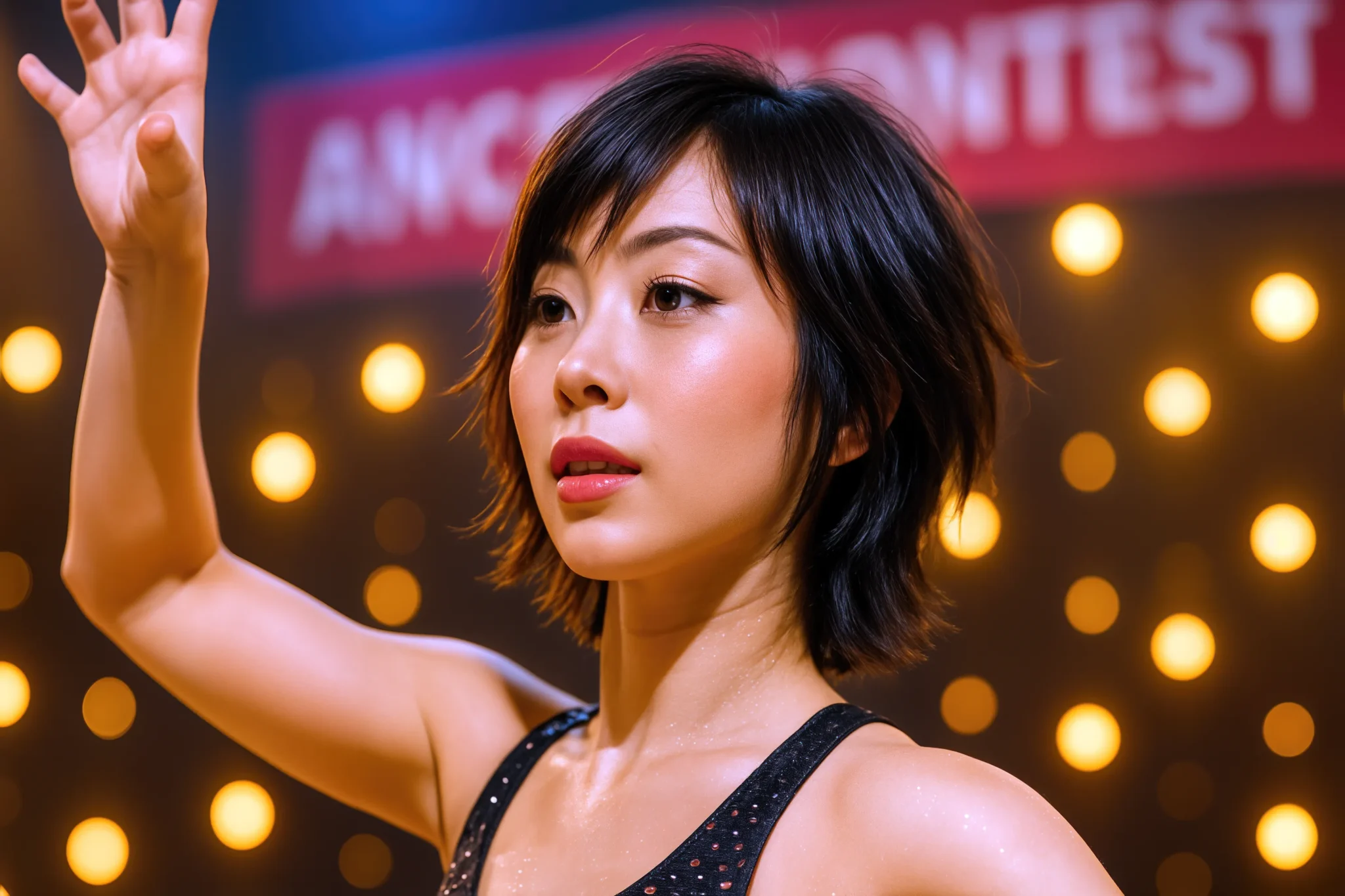Few hairstyles have captured the imagination and independence of women quite like the Bob Cut. From its rebellious debut in the roaring 1920s to its sleek modern reinventions, the bob remains a universal symbol of confidence, femininity, and sophistication. But how did this deceptively simple haircut become one of the most enduring and seductive hairstyles of all time?
The Birth of the Bob – A Cut That Changed Everything
The story of the bob cut begins in the early 20th century, during a time when long hair was considered a defining trait of womanhood. To cut it short was almost scandalous—a visible rebellion against convention. The first woman widely credited with popularizing the bob was the French actress and dancer Polaire in the 1890s, who sported a daringly short, blunt hairstyle that shocked audiences. Yet it wasn’t until the 1920s that the bob truly became a phenomenon.
The First World War had transformed society and women’s roles within it. They entered the workforce, gained political rights, and began to assert their independence more boldly. Hairstyles evolved to reflect this newfound freedom. The bob cut—short, sharp, and modern—was a declaration of autonomy. It was easy to maintain, practical for working women, and visually revolutionary.
Figures like Louise Brooks and Clara Bow turned the bob into an emblem of the flapper era: sleek, angular, and unapologetically modern. Women who chose the style were making a statement—they weren’t waiting for permission to define beauty on their own terms.

The Evolution of an Icon
As decades passed, the bob evolved alongside fashion, technology, and culture. Each era brought a new interpretation that reflected the spirit of its time, yet the essence of the bob—a balance of confidence, ease, and elegance—remained unchanged.
In the 1930s and 1940s, soft curls and waves softened the sharp edges of the original bob, introducing a romantic touch to an otherwise utilitarian style. During the 1950s, film stars like Audrey Hepburn reimagined it with refined charm—short, gamine, and delicately feminine.
The 1960s saw the bob reinvented yet again through the precision cuts of hairstylist Vidal Sassoon, whose geometric lines and architectural styling turned hair into high fashion. His clients—among them Mary Quant and Nancy Kwan—helped make the bob synonymous with mod culture and the progressive energy of the decade.
By the 1980s and 1990s, the bob was embraced by powerful women in business, media, and film. It became a visual shorthand for confidence and capability. From Princess Diana’s layered bob to Uma Thurman’s iconic Pulp Fiction style, the cut’s adaptability ensured its place in every generation’s cultural lexicon.
Today, the bob remains one of the most sought-after hairstyles worldwide. It bridges the line between classic and modern, minimal and expressive. Whether sleek and straight or textured and tousled, the bob continues to feel as fresh as it did a century ago.
The Aesthetic Appeal – Simplicity Meets Allure
The bob’s enduring charm lies in its perfect geometry and natural balance. It frames the face gracefully, emphasizing the neck, jawline, and cheekbones. The clean lines create instant structure and sophistication, while the length—hovering around the chin or just below—draws subtle attention to the lips and collarbones, areas often associated with sensuality and elegance.
Unlike longer hairstyles that can sometimes dominate the face, a bob creates harmony between hair and features. It reveals rather than conceals, projecting both confidence and softness. There’s something magnetic about that balance—it’s polished yet playful, controlled yet spontaneous.
Perhaps this is why the bob is often described as quietly seductive. It doesn’t rely on volume or extravagance to attract attention. Instead, it invites a second look through its understated perfection—the allure of minimalism done right.

The Many Faces of the Bob
Part of what makes the bob endlessly fascinating is its incredible versatility. It can transform with a few adjustments in length, angle, or texture, adapting to nearly any face shape, hair type, or personal aesthetic. Here are some of the most enduring and popular variations:
Classic Bob – The foundation of all bobs: even-length hair cut around the jawline, sleek and symmetrical. Timeless and elegant, it flatters almost everyone and transitions effortlessly from day to night.
A-Line Bob – Shorter in the back, longer in the front, this version adds movement and dimension. It enhances angular features and creates a sharp, fashion-forward silhouette.
Layered Bob – Ideal for adding softness and volume, the layered bob works beautifully with wavy or textured hair. It introduces a relaxed, natural charm while maintaining the bob’s structured base.
Inverted Bob – Dramatic and contemporary, this variation features stacked layers at the back that gradually lengthen toward the front. It’s a favorite for those seeking a bold, sculpted look.
Lob (Long Bob) – Sitting just above the shoulders, the lob bridges the gap between short and medium-length styles. It’s modern, low-maintenance, and versatile enough to suit both casual and professional settings.
French Bob – A shorter, cheek-grazing cut with a soft fringe, often styled with natural texture or waves. Romantic and effortlessly chic, it embodies Parisian nonchalance at its finest.
Asymmetrical Bob – Uneven lengths on either side create visual intrigue and individuality. It’s edgy, expressive, and perfectly suited for those who like to push boundaries.
Each of these variations can be further customized with bangs, texture, or color techniques—from blunt micro-fringes to soft balayage highlights—ensuring that no two bobs ever look quite the same.
Why the Bob Is Universally Flattering
There’s a reason the bob continues to dominate hairstyle trends year after year: it’s remarkably adaptable to different face shapes and hair types. For round faces, an angled bob elongates the silhouette. For square or angular faces, soft layering can balance sharpness. Those with heart-shaped or oval faces find the bob effortlessly frames their natural proportions.
Its manageability also plays a major role in its appeal. A well-cut bob maintains its shape longer than most styles and requires less daily styling, making it a practical choice for women with busy lives. Even as it grows out, the bob often transitions gracefully into new shapes, retaining its form without constant trimming.
Furthermore, the bob serves as an ideal base for self-expression. It complements bold makeup, statement earrings, or fashion-forward looks, yet it can also appear natural and understated when styled minimally. Its versatility allows it to align with virtually any mood or identity—from romantic to rebellious, from corporate to carefree.

The Bob as a Statement of Confidence and Femininity
The bob has always been more than just a fashionable haircut—it’s a quiet symbol of poise, confidence, and individuality. Its beauty lies not in rebellion but in refinement: a way for a woman to present herself with elegance and self-assurance, without extravagance.
When cut well, the bob draws attention to the face and neck, highlighting expressions and gestures in a way that feels open, honest, and graceful. It complements the natural lines of a woman’s features, creating an aura of quiet confidence.
Throughout history, short hair on women has often carried an air of distinction. Legends say that Joan of Arc wore her hair cropped short beneath her armor—a practical choice that became iconic in its simplicity and strength. Though not a “bob” in the modern sense, her look carried the same spirit: purposeful, direct, and unmistakably her own.
That spirit remains at the heart of the bob today. Whether sleek and precise or softly textured, it conveys a message without words—one of refinement, discipline, and a certain kind of charm that doesn’t need embellishment.
For many women, choosing a bob is an expression of taste rather than statement. It suggests balance: beauty without excess, confidence without ostentation. It’s a hairstyle that quietly enhances rather than demands attention, creating an impression that feels both timeless and natural.
In essence, the bob reflects the best of classic femininity—grace, subtlety, and self-possession. It reminds us that elegance often lies in simplicity, and that true allure is never loud, but enduring.
Modern Interpretations – The Bob in Today’s Fashion Landscape
In the era of social media and global fashion, the bob continues to evolve faster than ever. Stylists experiment with micro-bobs, wet-look finishes, textured shags, and asymmetrical hybrids, reflecting today’s diverse beauty ideals.
Celebrities, influencers, and fashion designers continually rediscover the bob’s expressive potential. Whether styled glass-smooth with a flat iron or left tousled for an effortless beach texture, it remains adaptable to changing tastes while staying true to its original spirit.
Advancements in haircare and cutting techniques have also elevated the modern bob’s precision and health. With the right products and maintenance, the hair retains its shine and structure, allowing the cut to look salon-fresh for weeks.
A Timeless Symbol of Style
The bob cut is far more than a hairstyle—it’s a cultural icon that embodies a century of women’s evolution in beauty, freedom, and identity. It has witnessed the birth of modern femininity, adapted to every era’s ideals, and never once lost its relevance.
In its simplicity lies its brilliance: the ability to balance structure with sensuality, power with grace, and classic beauty with modern allure.
Whether you choose a sleek jaw-length bob or a playful tousled lob, wearing one is an instant declaration of taste and confidence. It is timeless, adaptable, and, above all, irresistibly captivating—a style that whispers elegance while radiating strength.
The bob doesn’t just flatter; it defines. And that’s why, a hundred years later, it remains one of the most pleasant, empowering, and seductive hairstyles a woman can ever wear.
Explore all bob hairstyles!


